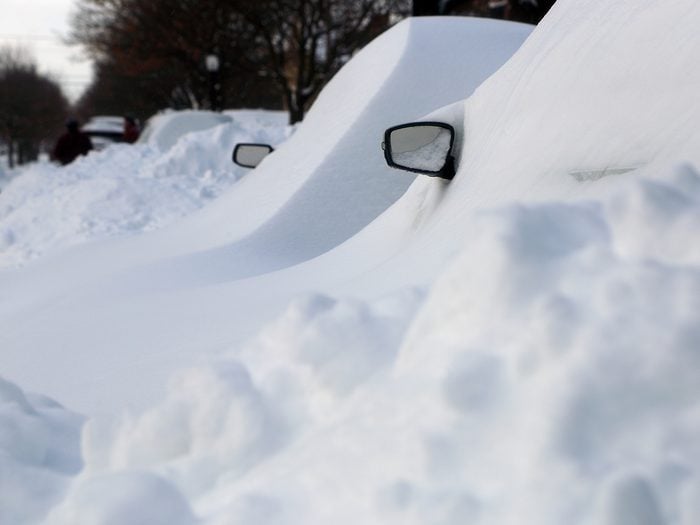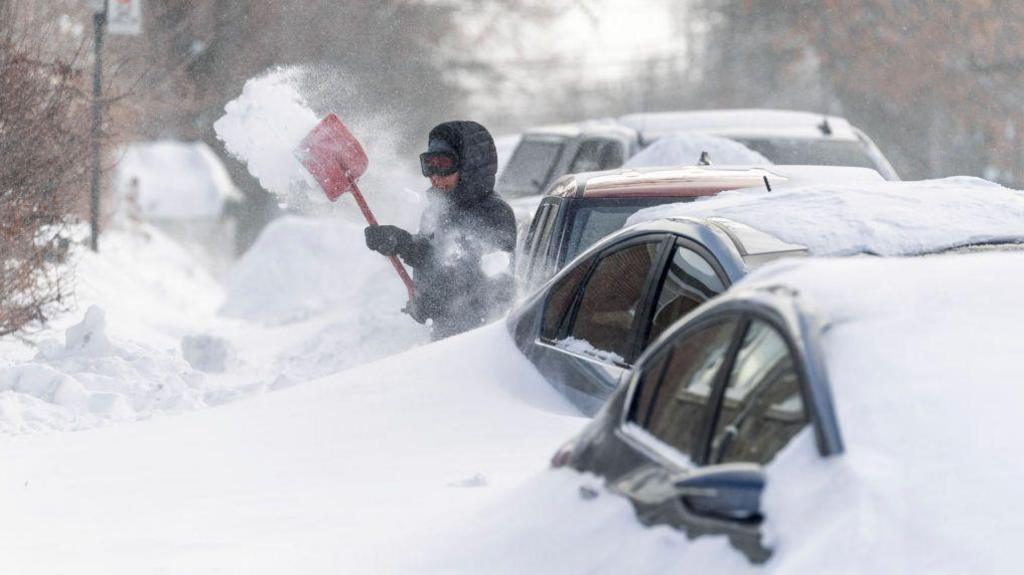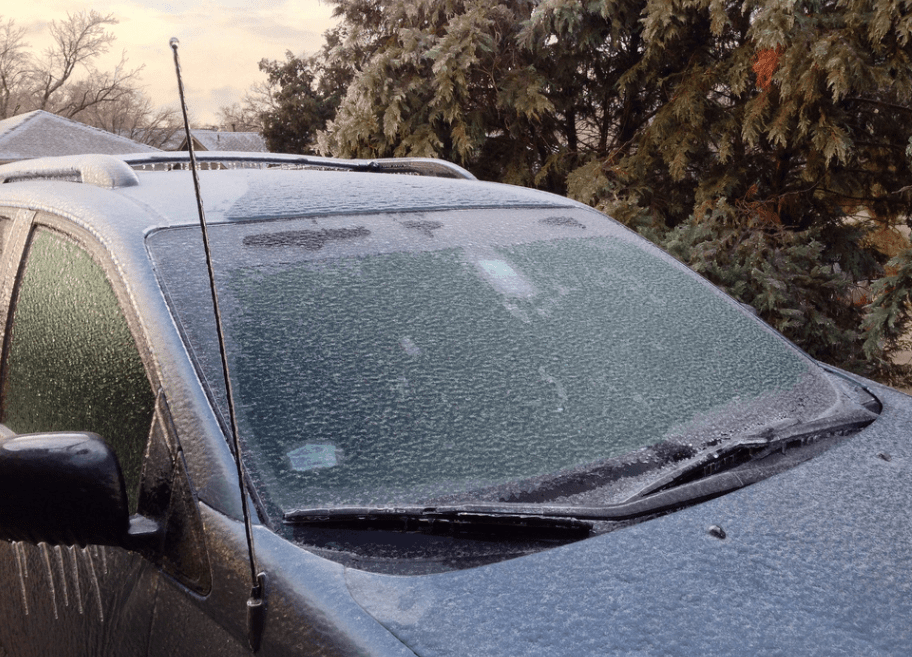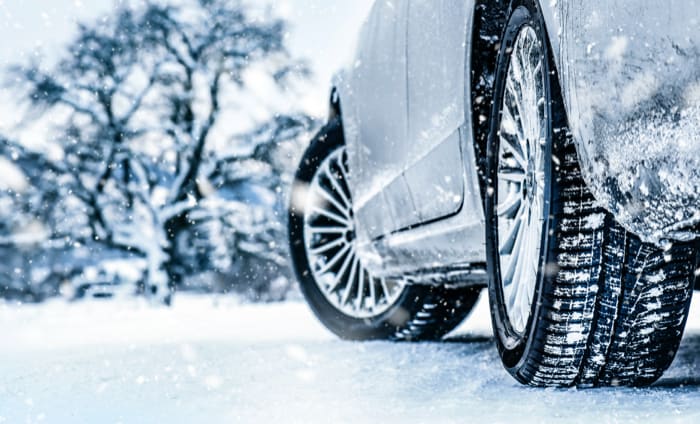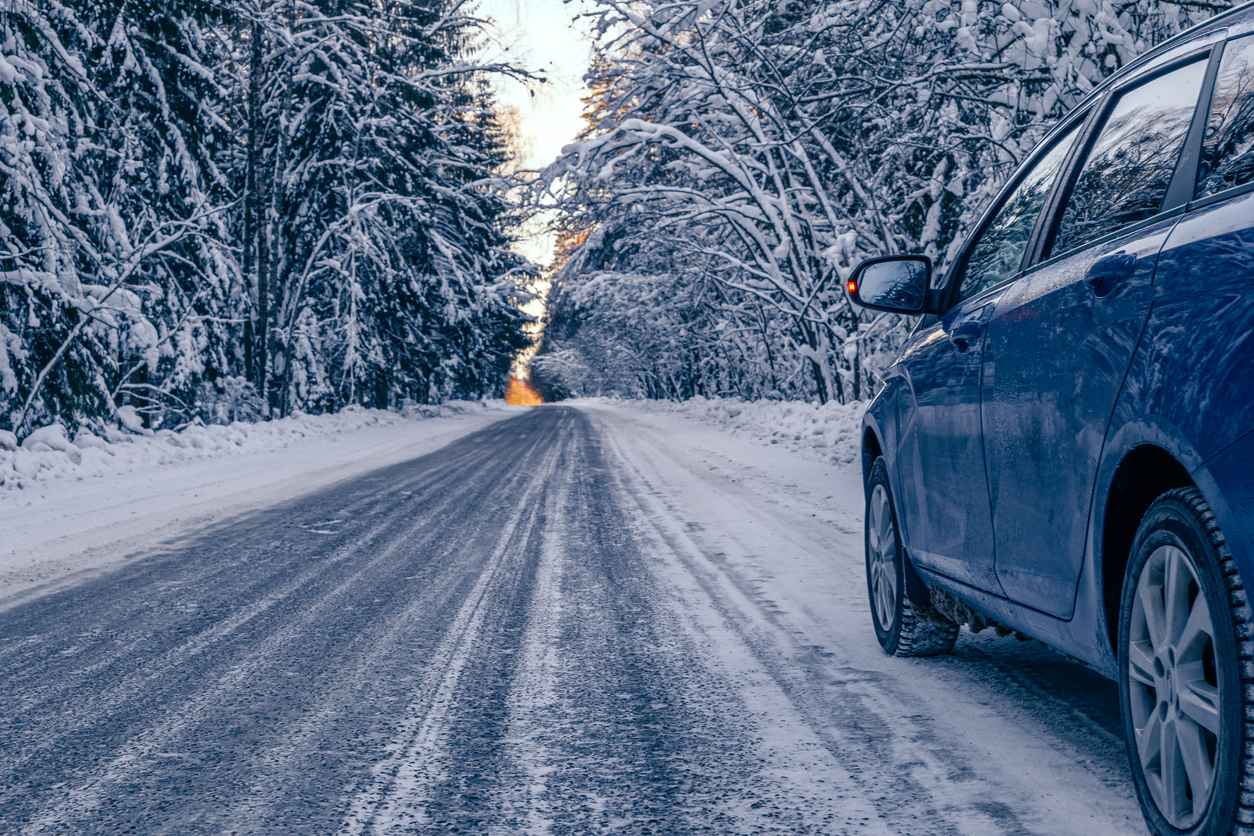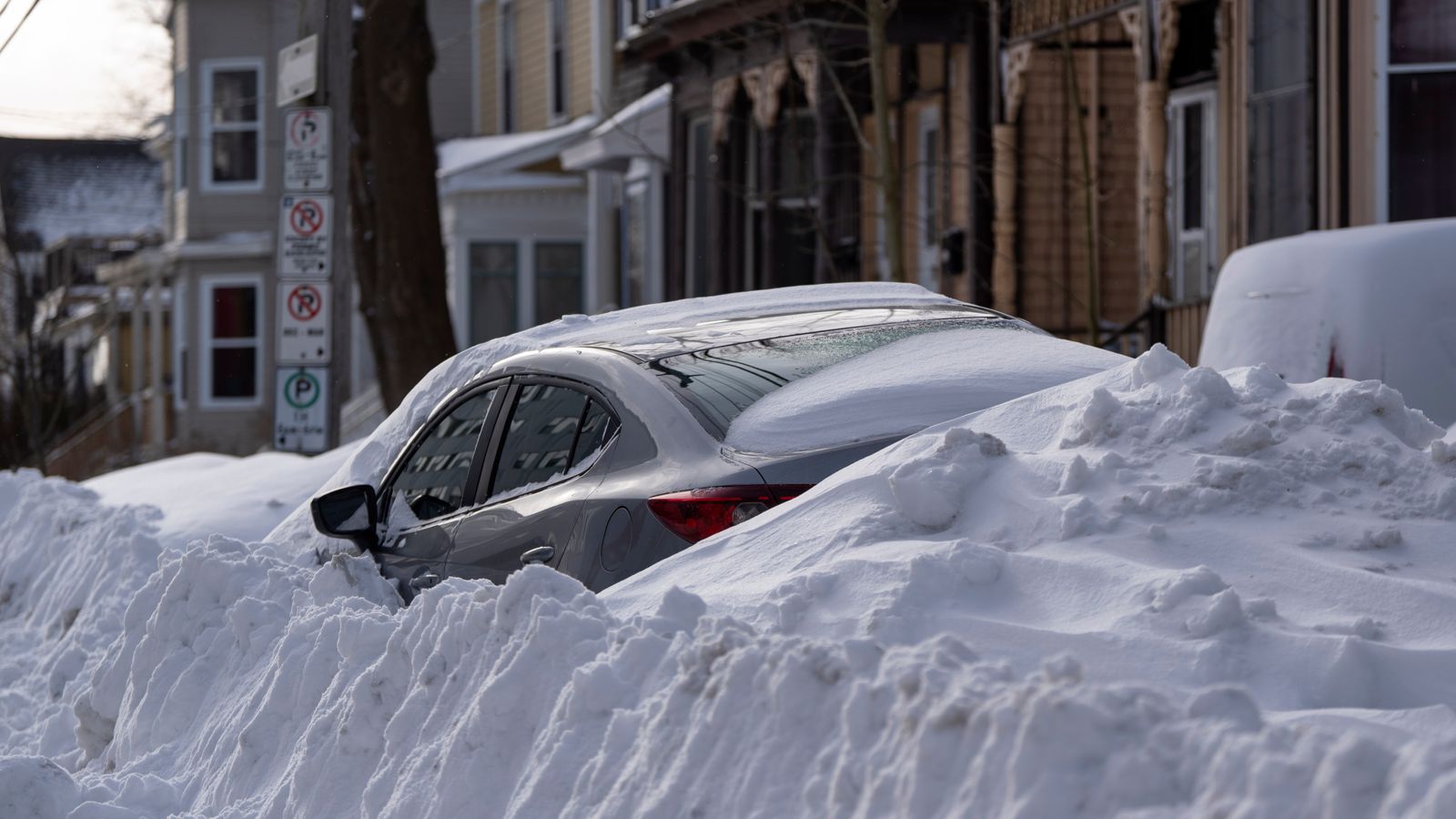
Salt Rinse: Protecting from Corrosion
Rinse undercarriage thoroughly after every storm or exposure to road salt which causes extensive corrosion damage. Use touchless or wand wash to reach wheel wells, suspension components, and frame members where salt accumulates, pay special attention to seams and crevices where salt and moisture hide, rinse more frequently during periods of heavy salt use or freeze-thaw cycles, and consider this maintenance as essential not optional for vehicle longevity.
